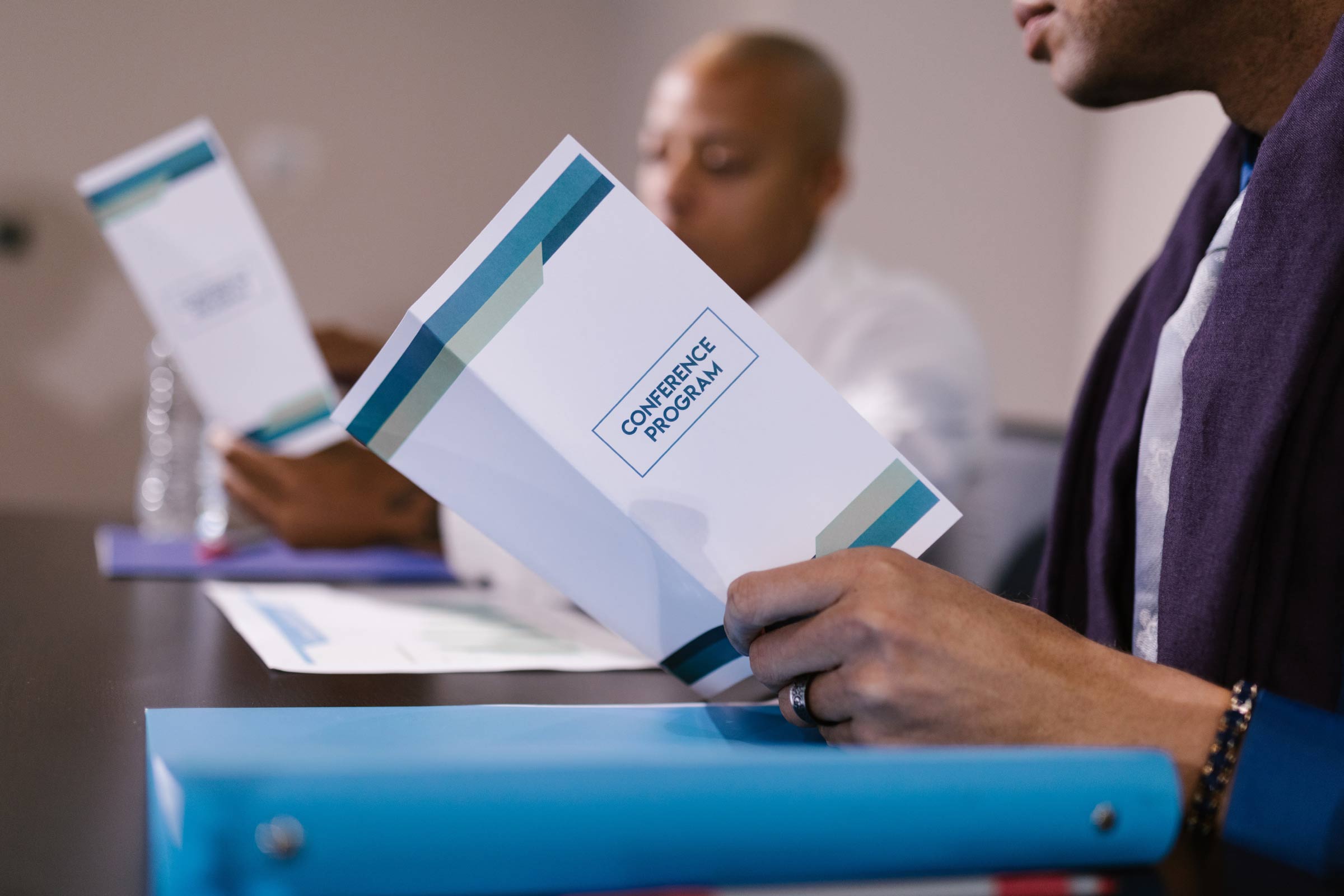Beginning in May, Liberia saw a troubling spike in cases of COVID-19, but lacking the sophisticated equipment and technical ability to test samples, scientists at the National Public Health Institute of Liberia (NPHIL) were unsure whether or not the crisis could be attributed to an emerging strain of the virus. To get the answer quickly, they reached out to colleagues at the U.S. National Institutes of Health who then turned to a world leader in COVID diagnostics: the Center for Infection and Immunity (CII) at Columbia Mailman School.
The result was not just a rapid answer to the viral strain question, but an ongoing partnership that continues to build infectious disease surveillance capacity in the West African nation, as part of a larger CII-led Global Alliance for Pandemic Prevention (GAPP). This week, a contingent from NPHIL and NIH met with Columbia Mailman leaders and scientists to discuss next steps.
Going back to the early summer, as COVID cases in Liberia swelled, NPHIL Deputy Director for Research Bode Ireti Shobayo traveled to New York to work alongside Nischay Mishra, assistant professor of epidemiology, and other CII scientists to analyze nasopharyngeal swab samples collected in Liberia. Previously, it had taken as long as eight weeks to analyze samples through labs in Nigeria and Ghana; through CII it took days. Uniquely, the visit also gave Shobayo hands-on training in DNA and RNA sequencing and bioinformatics which will be useful as NPHIL builds technical capacity.
Their analysis at CII confirmed suspicions: the Delta variant of SARS-CoV-2 was the dominant strain during the surge in Liberia. It also provided evidence that the highly transmissible variant was imported at multiple sites over a period of only a few weeks. In early August, the findings were announced in a national address by the country’s Minister of Health, Wilhemina S. Jallah—a message that helped tamp down the spread of the virus. A publication describing their findings is in press at the Journal of Emerging Infectious Diseases.





